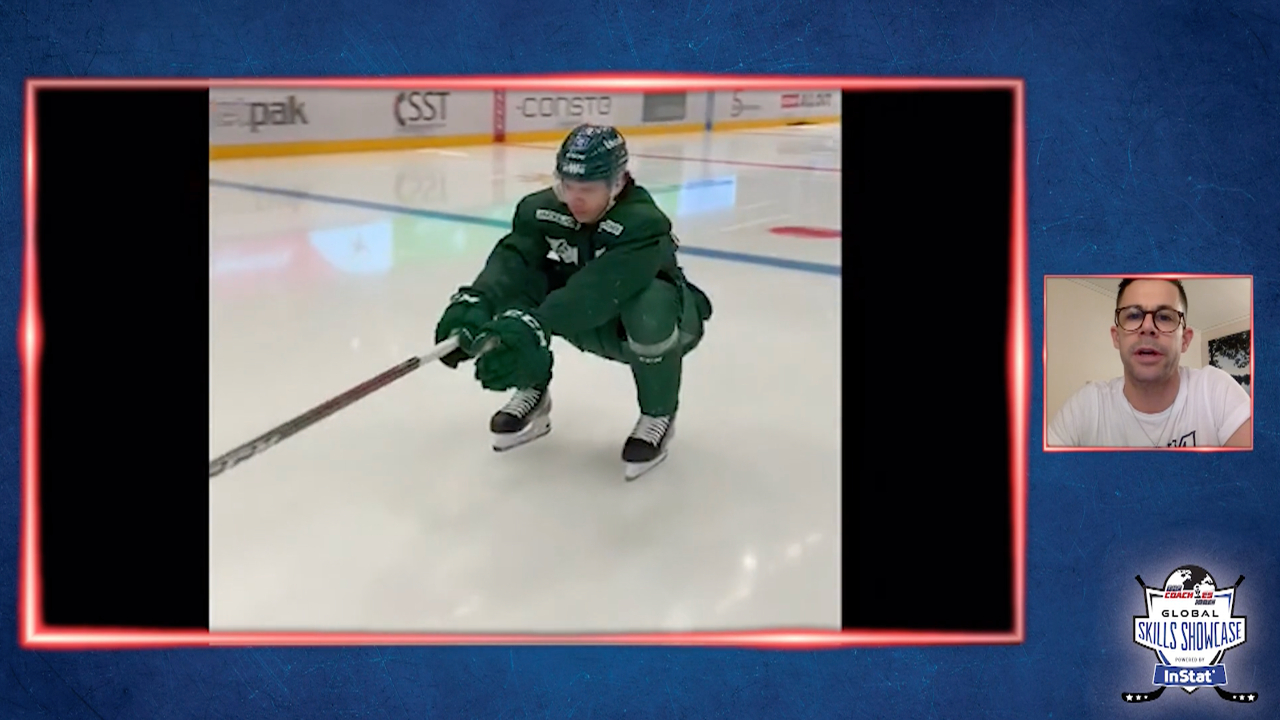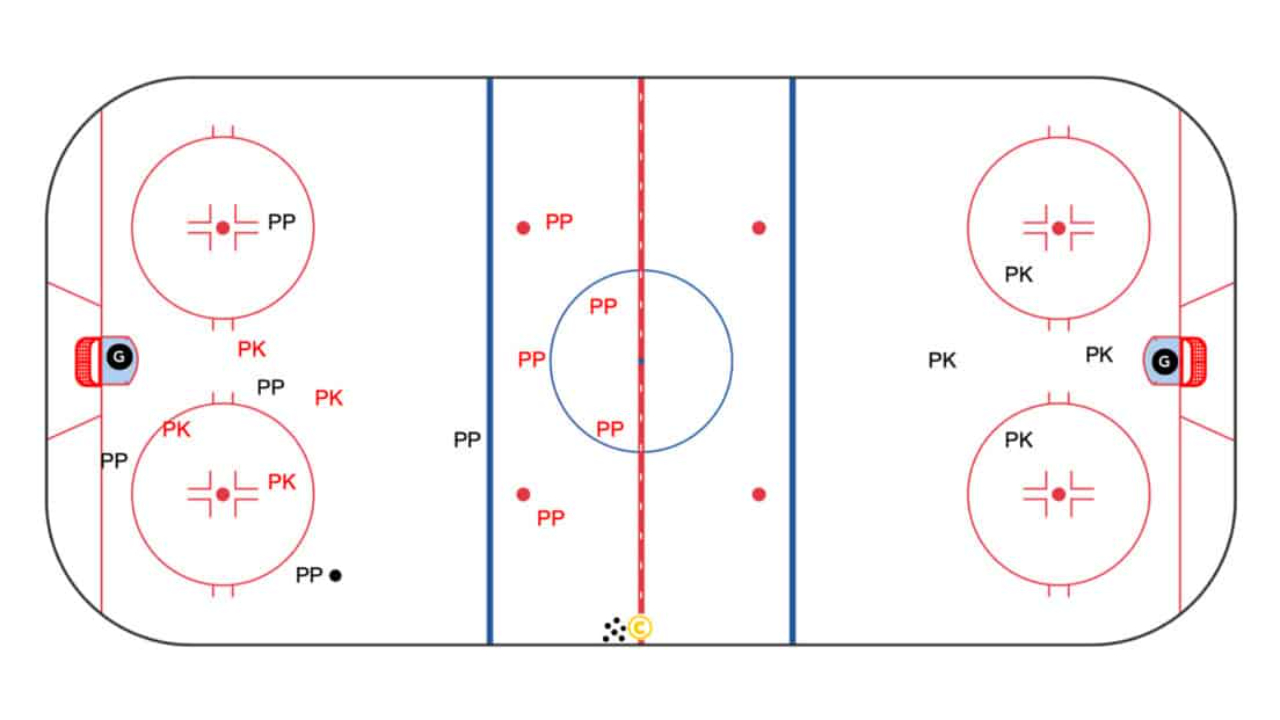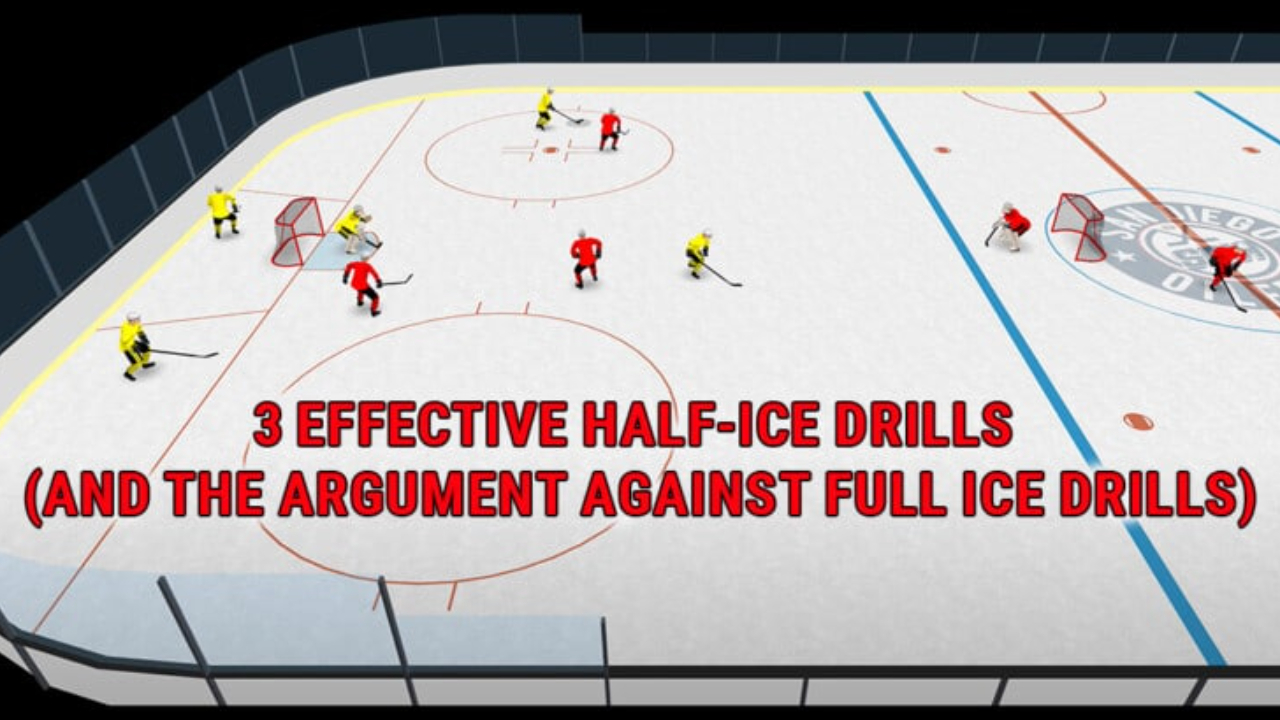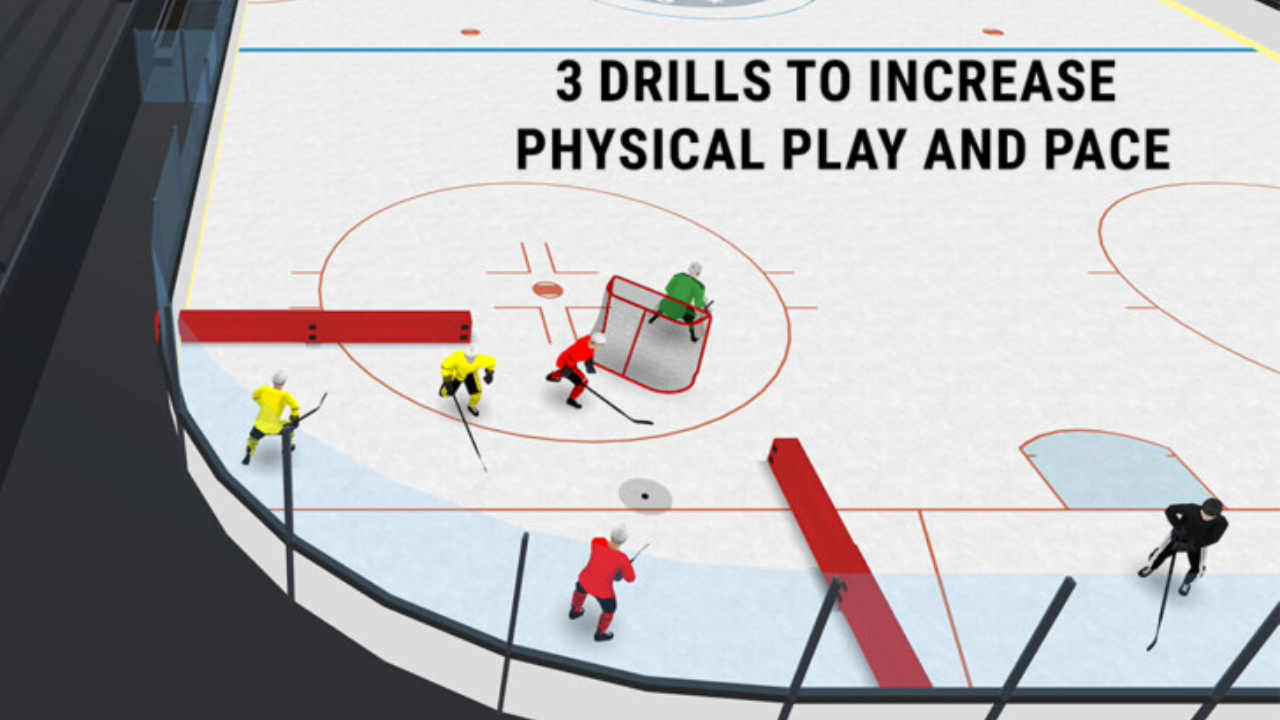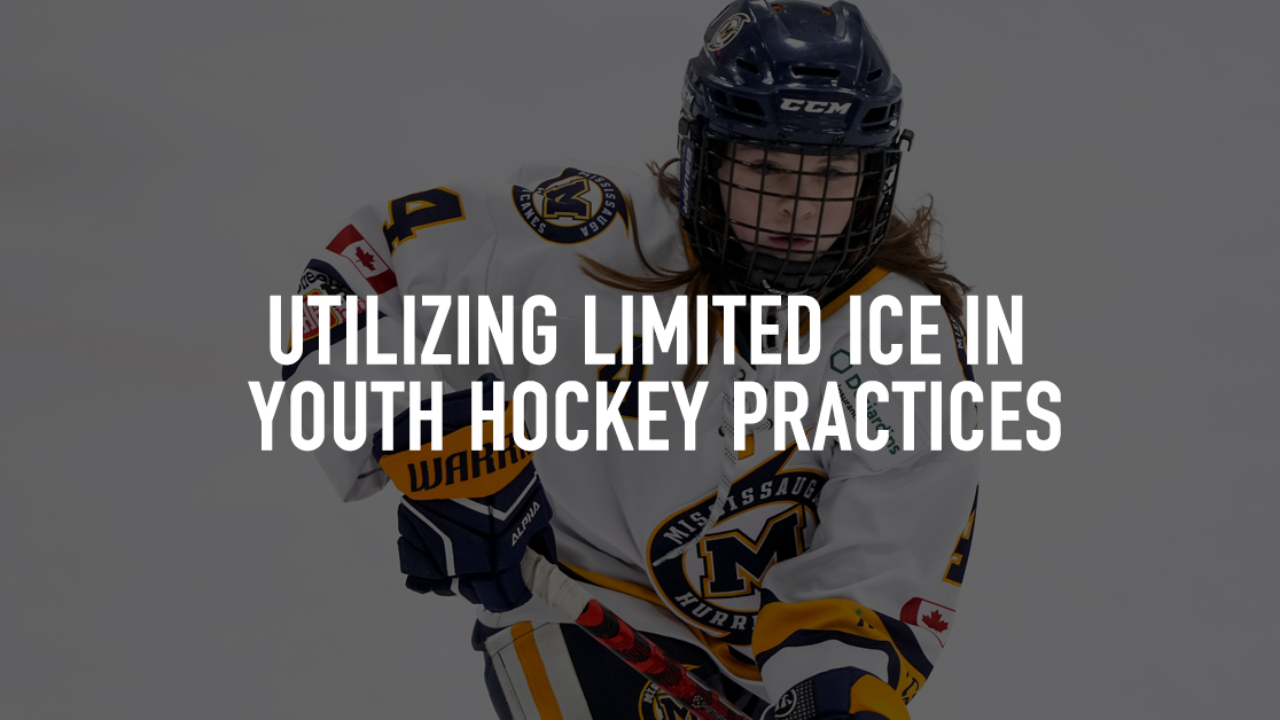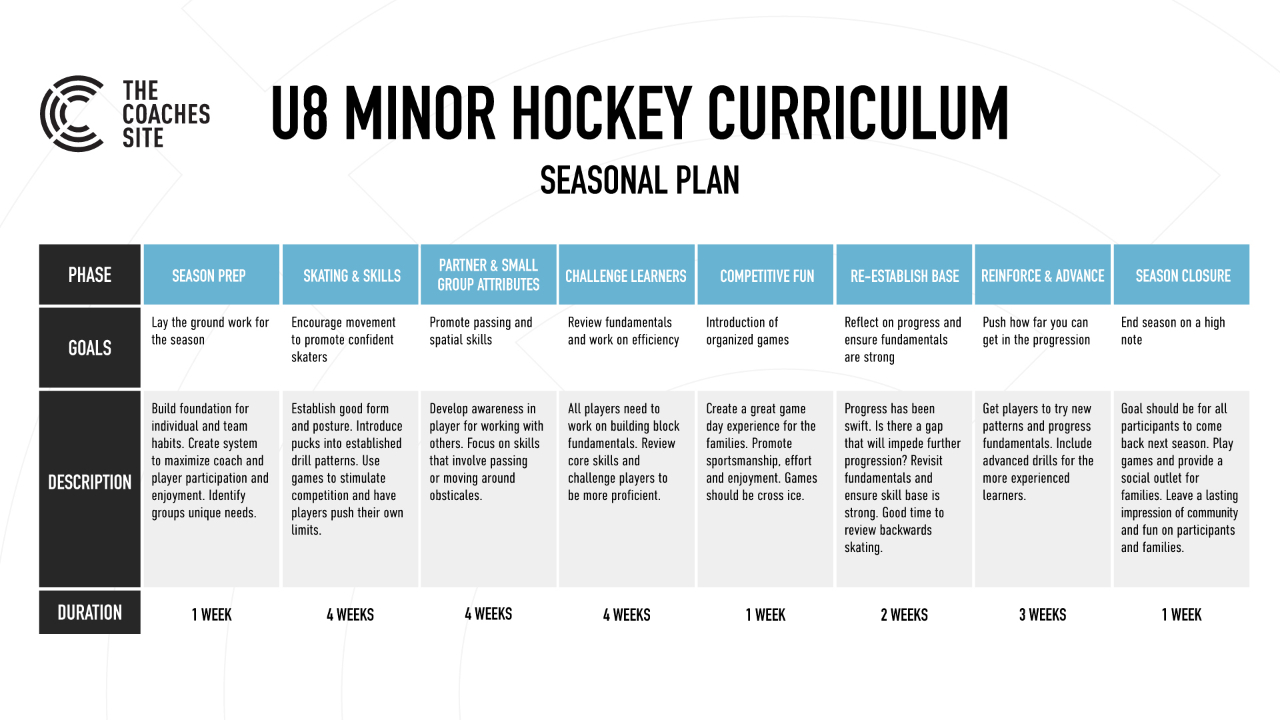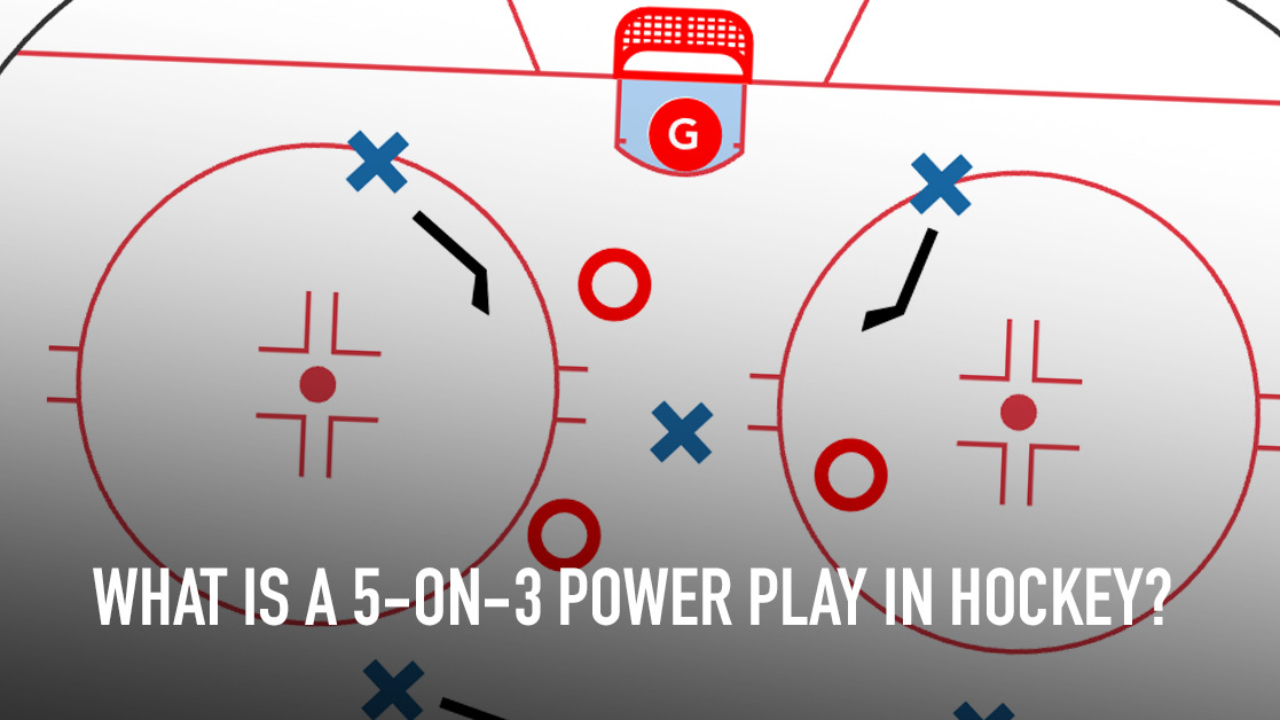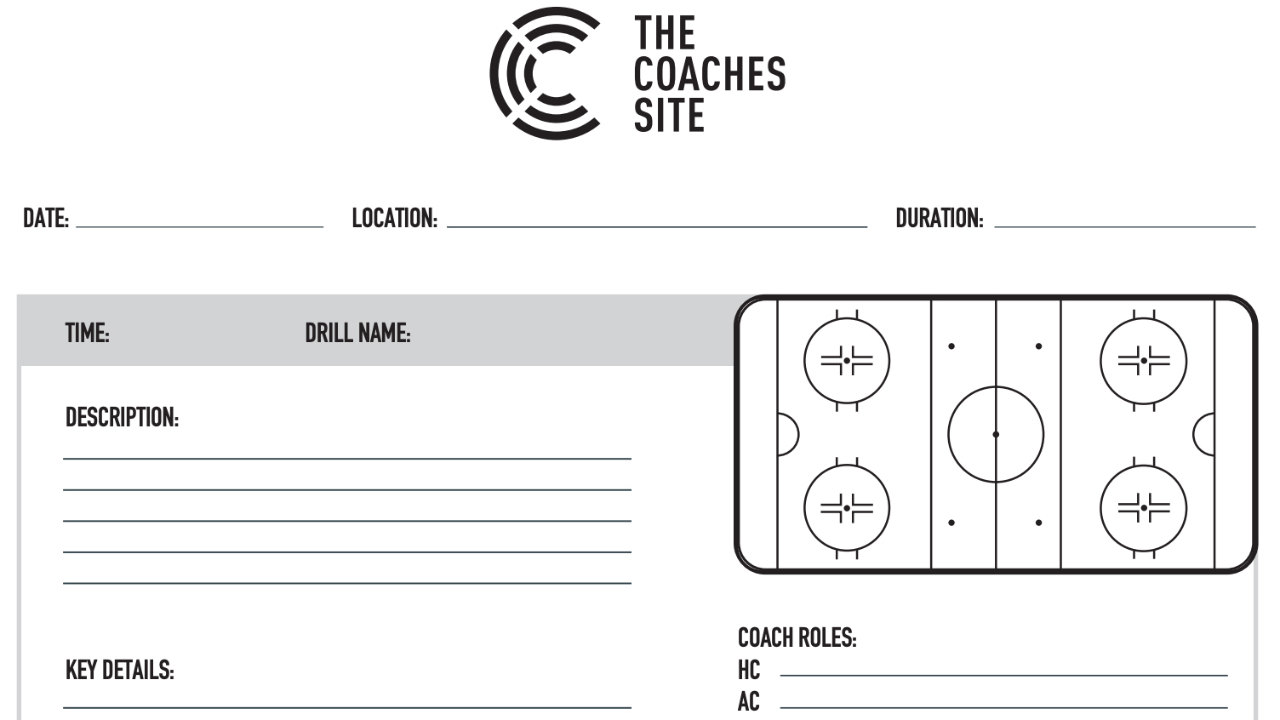Free Play - Unstructured, self-directed play where children choose their activities, materials, and play partners, and decide how to play without adult direction or rules.
Is it Important? Absolutely! Play is at the core of the development of the child. They explore their physical environment, express their emotions and build their vocabulary through playful moments. It is a really important tool for children’s cognitive, physical, social and emotional development as well as their imagination and creativity.
So the question for coaches, do you allow and plan for free play within your practices?
Youth hockey is becoming a business and their is increased pressure on coaches to have a well planned and executed plan that maximizes ice time, repetition, and development for players. However, we can't lose sight of the importance that unstructured play has in the development of players and in fostering a love for the game.
Allowing time for free play at the beginning or end of a practice isn't a waste of time, and it doesn't always indicate a lack of planning. It's deliberate and it's valuable.
How can we incorporate free play into practice?
- Allow for 5-10 minutes at the beginning or the end of practice for free play
- Incorporate free play into a station
- If appropriate and possible, skip a flood at the beginning of the ice time and encourage players to get on the ice early
I'd like to think that hockey innovations and viral moments like 'in between the legs' goals and 'The Michigan' goals are derived from allowing kids to play in an unstructured environment.

